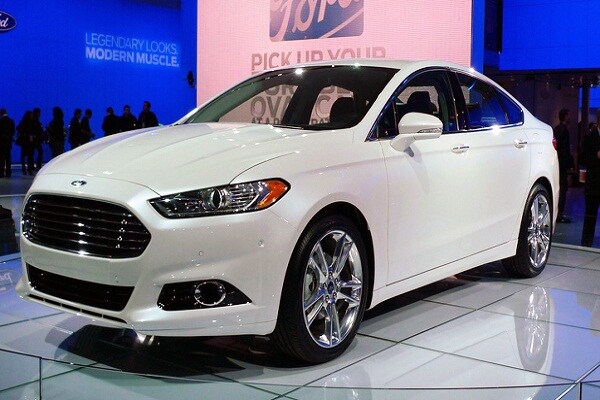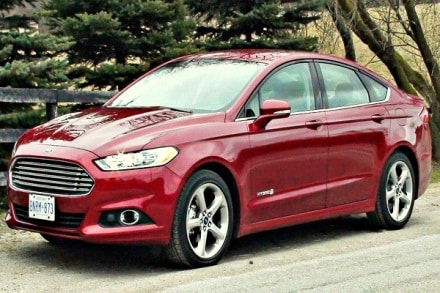There are driving tests for drivers and by drivers we mean people, and when these drivers flunk the driving test, they are sent back to the Driver's Ed to learn how to drive a car. Well, in some states like California they are given a license anyway but that is another topic.
But in the world of autonomous and self-driving cars where there are no humans to be found behind the wheel, what happens when your autonomous car, the technology behind it or the bot behind the wheel flunks the test? Ford it seems is working on a solution – a Driver's Ed for autonomous cars.
Scenarios vs. Miles
The number of miles is not enough an indicator to certify an autonomous car. There are a number of scenarios that these cars will have to cope-up with, and it is possible that they are not programmed for some of the scenarios that will come as a surprise. Jim Buczkowski, director at Ford Research and Innovation of electrical and electronics systems says that an Ed program is what these autonomous cars are going to need.
Ford is currently busy forging a partnership with Microsoft for using its Azure cloud platform for using it in conjunction with its connected car technology. The Ford team is also meeting Amazon for using their robust cloud computing technology. The cloud is incredible and this technology is changing the world.
Cloud computing and connectivity will make it a lot easier for Ford to deliver software updates to its car, upgrading the list of scenarios where a decision will be required to be made. This will also allow drivers to use a host of other GPS related features such as ability to locate their car on a map, communicate with a dealer representative allowing him to take a look at the car by sending necessary data and statistics through the cloud.
Driver's Ed Program
While most autonomous car manufactures are busy throwing around figures such as 10,000 or one million miles of self-driving cars and testing of a particular algorithm developed to drive and handle the car, Ford is more concerned with the scenarios that these cars will have to face in real life. Miles are ok but it is the scenario and how a car responds to them is what is going to make or break the future of autonomous cars.
No one wants to buy an autonomous car that cannot handle itself on the road that well.
To meet his challenge, Ford says that they are working on developing level 4 autonomous cars that will be able to control a vehicle completely, however they are going to implement different driving modes and level 4 will not allow it to control all the modes. Different modes will have different scenarios fed into it. This is outside the box kind of thinking.
A standard test will be conducted which each and every autonomous car must pass before it is allowed to drive on the open road. This standard test will have a set of common scenarios that autonomous cars are bound to encounter when driving in the city. Think of red lights, wrong turns, sudden braking, heavy traffic, overtaking, and so on. Most humans can do this without any problem but can a computer?
Jim says that if you are driving on the highway, it is easy to rake up miles but you will only encounter 2-3 scenarios at the most, but when you are driving in the city, you will hit fewer miles but probably encounter over 100 scenarios. Can a car drive from point A to point B in a downtown environment or around the city safely? It will be awesome when this happens since more humans will be able to sleep more.
So if the autonomous car fails to pass the test successfully, it will have to go through training, software upgradation, and retake the test just like humans do. This is a better way to ensure that the car is ready to hit the streets.






